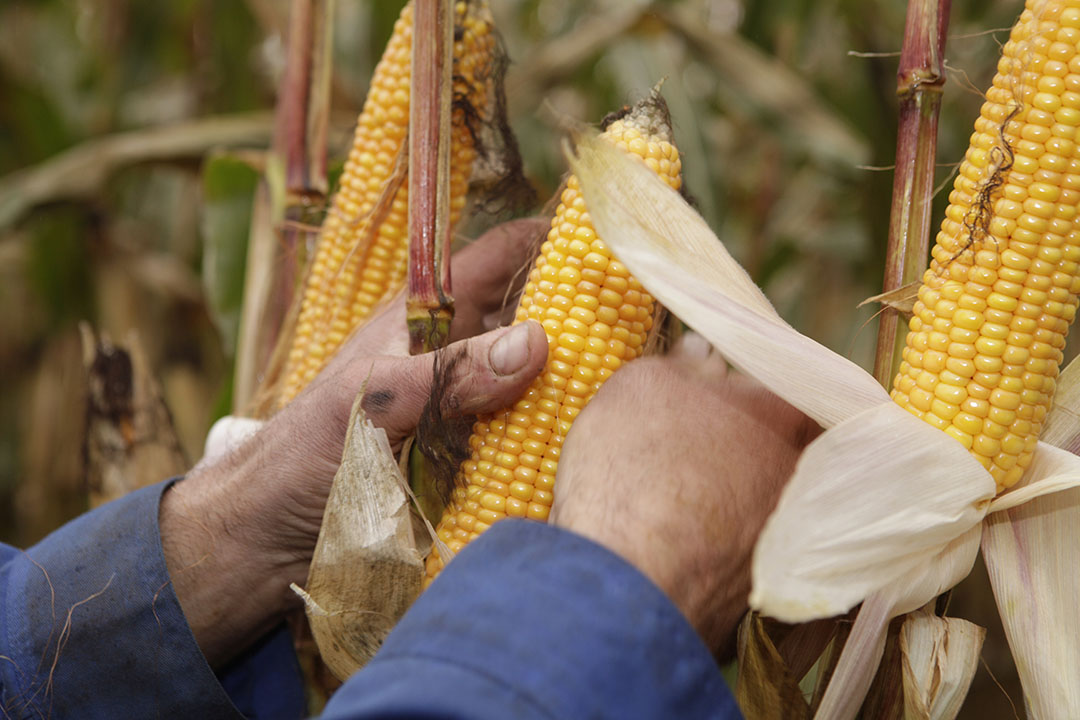High levels of DON in European corn and wheat harvest

Many parts of Europe can expect potentially high levels of mycotoxin contamination in the upcoming 2020 corn and wheat harvest, according to results of a new mycotoxin prediction tool released by Biomin.
The forecast is based on a mycotoxin prediction tool that delivers daily assessments of expected mycotoxin levels in corn and wheat harvests. One major trend identified in the firm’s forecast of mycotoxin occurrence is that deoxynivalenol (DON), or vomitoxin, has a high probability to exceed a risk threshold level of 150 parts per billion (ppb) in corn in Central, Eastern and Southern Europe, and a similarly high probability to exceed 150 ppb in wheat in Northern Europe (see table below).
Central European Corn
At this stage the highest risk for Central European corn is DON (at 90%) with a reasonably high predicted risk also for ZEN at 53%. There is also a higher prediction than normal for Afla (a characteristically warm region mycotoxin). This is seen in parts of Romania and Hungary, both countries are included here in Central Europe, explains according to Dr Timothy Jenkins, Head of Biomin Digital Lab.
Eastern European Corn
According to Jenkins, in Eastern Europe, DON is again the greatest risk in corn. “There is a somewhat lower risk predicted for ZEN compared to Central Europe even though the same fungi can produce both DON and ZEN. The development of ZEN will depend on conditions later in the season.”
Our aim with the Biomin Mycotoxin Prediction Tool is to provide an assessment of likely mycotoxin occurrence as accurate as your daily weather forecast.”
Northern European Corn
For Northern Europe, mycotoxin levels in corn are characteristically lower. However, according to Jenkins there is still a reasonable risk of DON being above the risk threshold and there is also some risk of the associated ZEN.
![]() Mycotoxin Knowledge Centre:
Mycotoxin Knowledge Centre:
This interactive tool provides information on the impact on livestock health, an A-Z, plus regulations.
Southern European Corn
DON is also the highest risk in Southern Europe but FUM, Afla and ZEN are generally high risk compared to the other regions. In some years, hot and dry conditions may increase the risk of Afla further in this region, explains Jenkins.
Weather is the single most important factor in terms of predicting mycotoxin occurrence, and it dominates the reasons for year-to-year fluctuations in mycotoxin patterns…”
Risk of DON contamination in Wheat
Jenkins: “The risk of DON in wheat is reasonably high in all regions but with the highest risk predicted so far in Northern Europe where we are expecting some generally wetter conditions this month that could coincide with anthesis. Zearalenone, although a somewhat lower risk than in corn, is still a risk in all regions with the highest levels predicted for Eastern and Northern Europe so far.”
 World Mycotoxin Report: Impact 2020
World Mycotoxin Report: Impact 2020
The prevalence of FUM and DON mycotoxins remained high last year, according to the results of the World Mycotoxin Survey 2019, released by Biomin.
Mycotoxin prediction tool
The Mycotoxin Prediction Tool uses algorithms that draw upon 15 factors and the data set compiled through the Biomin Mycotoxin Survey, the survey of mycotoxin occurrence in animal feed worldwide. “Our aim with the Biomin Mycotoxin Prediction Tool is to provide an assessment of likely mycotoxin occurrence as accurate as your daily weather forecast. Weather is the single most important factor in terms of predicting mycotoxin occurrence, and it dominates the reasons for year-to-year fluctuations in mycotoxin patterns we observe in a given region,” stated Dr Timothy Jenkins.











